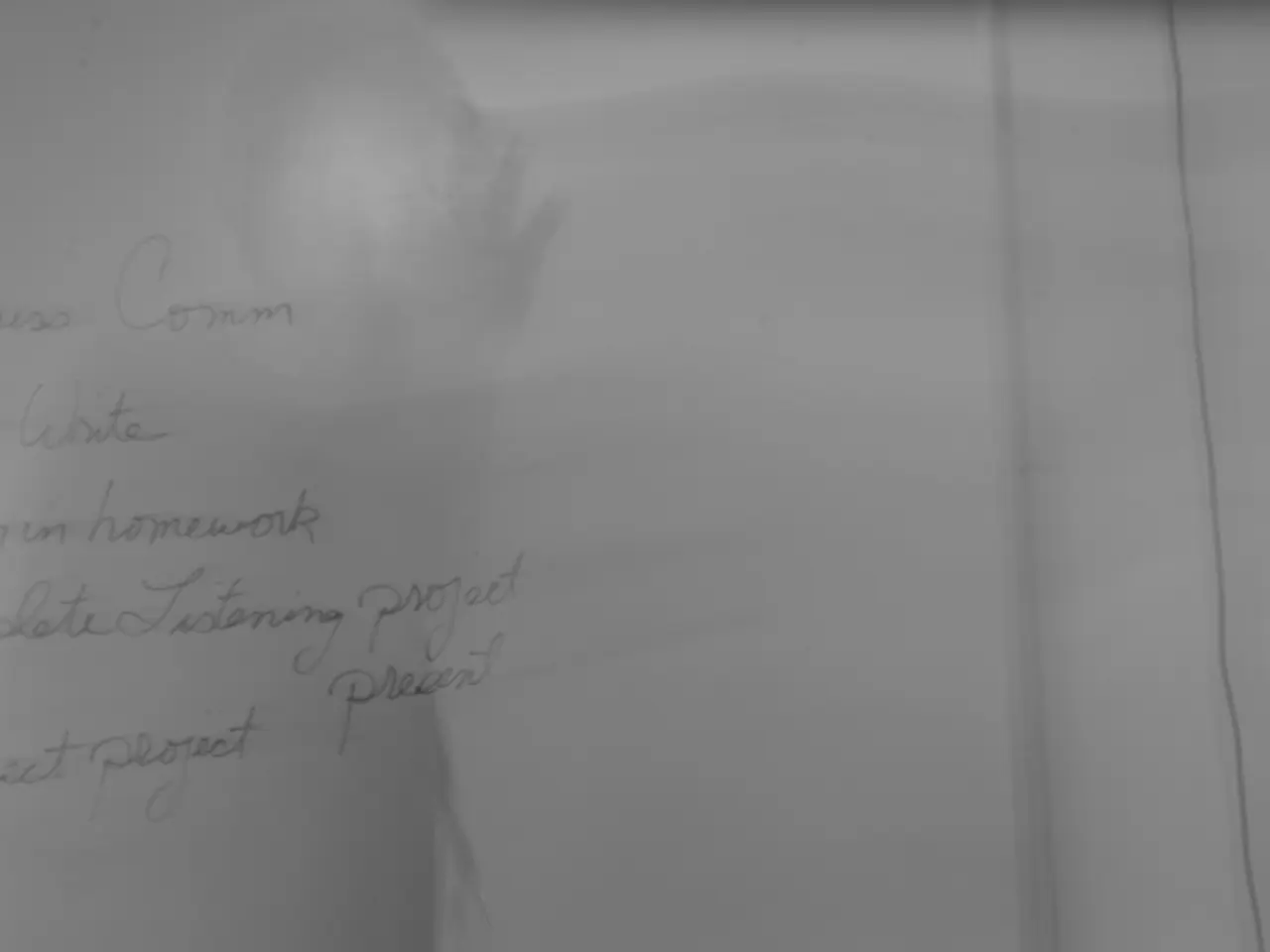Grasping the Basics of Internal Controls: Fundamentals and Key Significance
In the world of business, maintaining trust and transparency is paramount. This is where internal controls come into play. These mechanisms are designed to ensure the integrity of a company's financial reporting and compliance with regulations.
The Sarbanes-Oxley Act of 2002, enacted to protect investors from fraudulent accounting activities, underscores the importance of internal controls. This Act emphasizes the need for accurate and reliable corporate disclosures, a goal that internal controls strive to achieve.
Internal controls are divided into two categories: preventative and detective activities. Preventative controls, such as the separation of duties and authorization of invoices, deter errors and fraud by enforcing measures that prevent issues from arising. On the other hand, detective controls, like reconciliation and audits, catch issues after they occur.
The success of internal controls, however, can be limited. Human judgment can impact their effectiveness, and collusion among employees can bypass them. This is why internal audits are crucial. They evaluate a company's internal controls, including its corporate governance and accounting processes, providing an objective assessment of their effectiveness.
The principles of an effective internal control system are structured around the COSO framework, which defines five integrated components supported by 17 underlying principles. These components include the control environment, risk assessment, control activities, information and communication, and monitoring activities.
The control environment establishes a tone at the top emphasizing integrity and ethical values. It involves exercising oversight through an independent Board of Directors, defining structure, authority, and responsibility, and committing to recruiting and retaining competent personnel.
Risk assessment precisely defines objectives to facilitate risk identification and assesses risks that could impede these objectives. It identifies and analyses risks, assesses fraud risk, and anticipates changes that could significantly impact the control system.
Control activities develop and implement policies and procedures to mitigate risks. They include segregation of duties to prevent conflicts of interest, authorization, approvals, physical and IT controls, and the consistent application of these controls across operations.
Information and communication ensures relevant, timely information is captured and communicated internally and externally to support decision-making and accountability. Clear and effective communication channels are vital to the control system’s success.
Monitoring activities involve ongoing and separate evaluations to assess the effectiveness of internal controls, with mechanisms to report deficiencies and take corrective actions promptly.
These principles collectively promote a control environment that supports reliable financial reporting, operational effectiveness, compliance with laws and regulations, and safeguarding of assets. Implementing these components systematically and continuously adapting them to organizational changes underpins an effective internal control system.
Internal controls support operational efficiency by ensuring budgets are adhered to, policies are followed, and accurate reports are generated. They are critical for corporate governance, especially since the Sarbanes-Oxley Act made managers legally responsible for financial accuracy. Properly implemented internal controls can help streamline operations and increase operational efficiency, in addition to preventing fraud.
Under the Sarbanes-Oxley Act, managers are responsible for financial reporting and creating an audit trail, with serious criminal penalties for those found guilty of not properly establishing and managing internal controls. The auditor's opinion that accompanies financial statements is based on an audit of the procedures and records used to produce them. External auditors will test a company's accounting processes and internal controls and provide an opinion as to their effectiveness.
Auditing techniques and control methods from England migrated to the United States during the Industrial Revolution, setting the stage for the evolution of internal controls as we know them today. In the ever-changing business landscape, the importance of robust internal controls continues to grow, ensuring the trustworthiness of financial information and the integrity of companies' operations.
Internal controls, critical for corporate governance, play a significant role in maintaining the trustworthiness of financial information and the integrity of companies' operations. As mandated by the Sarbanes-Oxley Act, managers are responsible for financial accuracy, creating an audit trail, and ensuring effective internal controls. The Act further emphasizes the need for reliable corporate disclosures, a goal achieved through internal controls and auditing processes. The effectiveness of these controls can be underpinned by the COSO framework, which outlines five components – control environment, risk assessment, control activities, information and communication, and monitoring activities – each with their own principles to promote operational efficiency, compliance with laws and regulations, and asset safeguarding.




